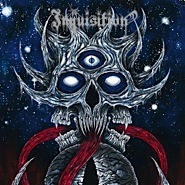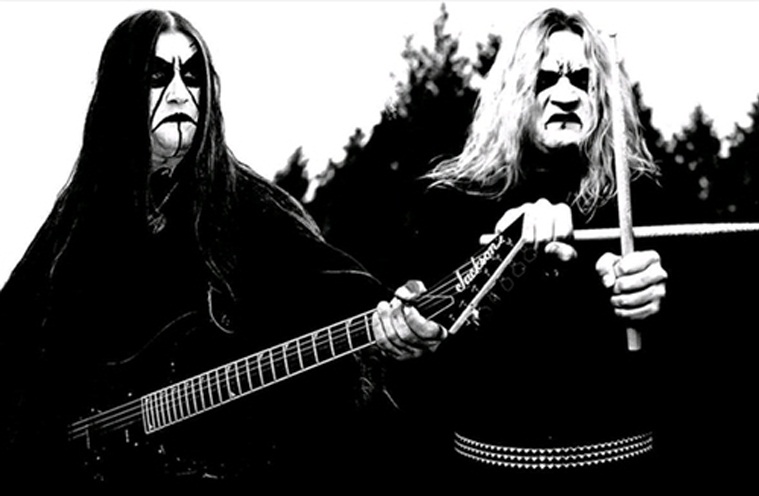Every Friday, The Metal Examiner delves metal’s endless depths to present the genre’s most important and exciting albums.
 Inquisition: Ominous Doctrines of the Perpetual Mystical Macrocosm (Hell’s Headbangers, 1/11/2011)
Inquisition: Ominous Doctrines of the Perpetual Mystical Macrocosm (Hell’s Headbangers, 1/11/2011)
Inquisition: “Crepuscular Battle Hymn”
[audio:https://alarm-magazine.com/wp-content/uploads/2010/12/08-Crepuscular-Battle-Hymn.mp3|titles=Inquisition – Crepuscular Battle Hymn]Initially formed as a thrash band in the ’80s in Colombia, Inquisition developed a buzz-saw, black-metal sound by the mid-’90s while simultaneously relocating to Washington. Its trademark became lightning-speed, grinding power chords and an atmosphere of ritualistic Satanism.
Since Into the Infernal Regions of the Ancient Cult in 1998, Inquisition has stuck to its sound with a Motörhead-like tenacity. Its newest effort, Ominous Doctrines of the Perpetual Mystical Macrocosm, is its strongest output since Magnificent Glorification of Lucifer in 2004.
Inquisition’s story starts with the innovations of Norwegian black metal of the early 1990s and then heads off a fork in the road. Its brand is not derivative of Darkthrone or Burzum, nor is it death metal that wears a corpse-paint disguise. This is a different version of the black-metal idiom that takes the conventions of the genre and uses them to hint at new musical landscapes.
Inquisition’s vision revolves around high-speed patterning of power chords — an approach reminiscent of the technical death metal and thrash styles that the band flirted with in its early days. This school of chromatic, sliding riffing can be traced to the work of Celtic Frost and Discharge in the early ’80s. Picking patterns and note clusters recall the early output of label-mates Graveland, as does the tendency to pair punk riffing with arpeggiated minor chords.
These songs also feature extensive use of microtonal bends and blast beats, techniques favored by murky New York death-metal artists Incantation and Immolation. However, rather than using string bends as part of rhythmically pummeling, melodically convoluted epics, repetition turns Inquisition’s songs into a consistent wave washing over the listener. Melody exists in interludes between flurries of power chords, but the main thrust of the composition is the rapidly shifting rhythmic emphasis.
Vocals are a bizarre, raspy speech reminiscent of a schizophrenic reading occult texts. The best of the black-metal genre has an outsider-art feel to it, and founding member Dagon’s vocal agenda adds an integral element of eccentricity. The atmosphere and emotion of Inquisition’s music is tied together by the rhythmic punctuation of this eerie chanting.
Music that successfully prods at the human intuition for magical and fantastical thinking is rare. While many artists use cover art and lyrics to attempt to invoke these ancient instincts for explaining the unknown, Inquisition uses sound itself to guide the mind into a reflective, fearful state.

